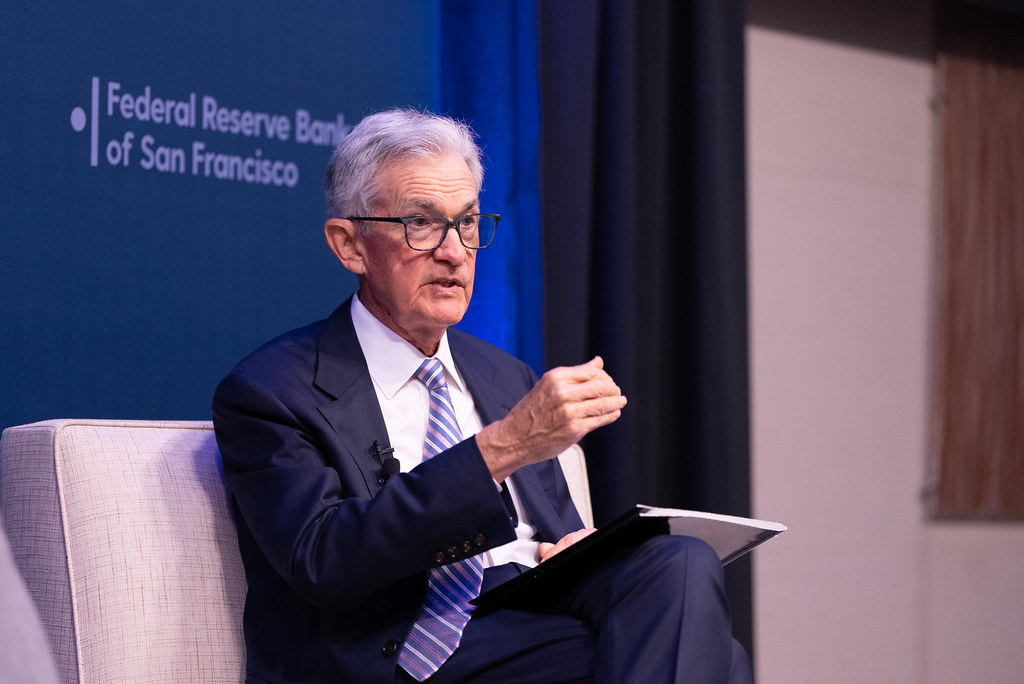
Federal Reserve Chair Jerome Powell noted on Tuesday that asset prices, a category that typically includes stocks and other risk instruments, are at elevated levels. Speaking at the Greater Providence Chamber of Commerce’s economic outlook luncheon in Rhode Island, Powell was asked how much emphasis he and his colleagues place on market prices. He responded, “We do look at overall financial conditions, and we ask ourselves whether our policies are affecting financial conditions in a way that is what we’re trying to achieve.” He then added, “you’re right, by many measures, for example, equity prices are fairly highly valued.”
In the period leading up to last week’s policy meetings, stocks and other assets had rallied strongly in anticipation of the Federal Open Market Committee (FOMC) lowering its benchmark overnight borrowing rate. Since the decision on Wednesday to cut rates by a quarter percentage point, stocks have continued to climb, setting a succession of record highs. Powell commented that “markets listen to us and follow and they make an estimation of where they think rates are going. And so they’ll price things in.”
A Look at Financial Stability
Despite his acknowledgment of the lofty equity values, Powell was careful to state that this is “not a time of elevated financial stability risks.” Following his remarks, stocks took a turn lower, with major averages all trading in the red. This marked the first pullback for the indexes after they had all set all-time highs in the prior three days.
Powell’s comments came after the Fed’s first rate cut this year, a move that was largely expected due to a weakening labor market. He has described the current economic situation as “unusual,” with inflation remaining above the Fed’s 2% target while employment concerns are rising.
Author’s Opinion
Jerome Powell’s comments highlight the delicate balancing act the Fed must perform. By acknowledging the “highly valued” market while also reassuring that there are no “elevated financial stability risks,” he is walking a tightrope of investor sentiment. This public comment is a subtle attempt to temper market enthusiasm without causing a panic, signaling that the Fed is aware of the potential for a bubble but is not yet ready to intervene directly. It shows that the Fed’s communication is now a key tool for managing market behavior, and every word is carefully chosen to guide investor actions in an environment of high volatility and uncertainty.
Featured image credit: Federalreserve via Flickr
For more stories like it, click the +Follow button at the top of this page to follow us.
